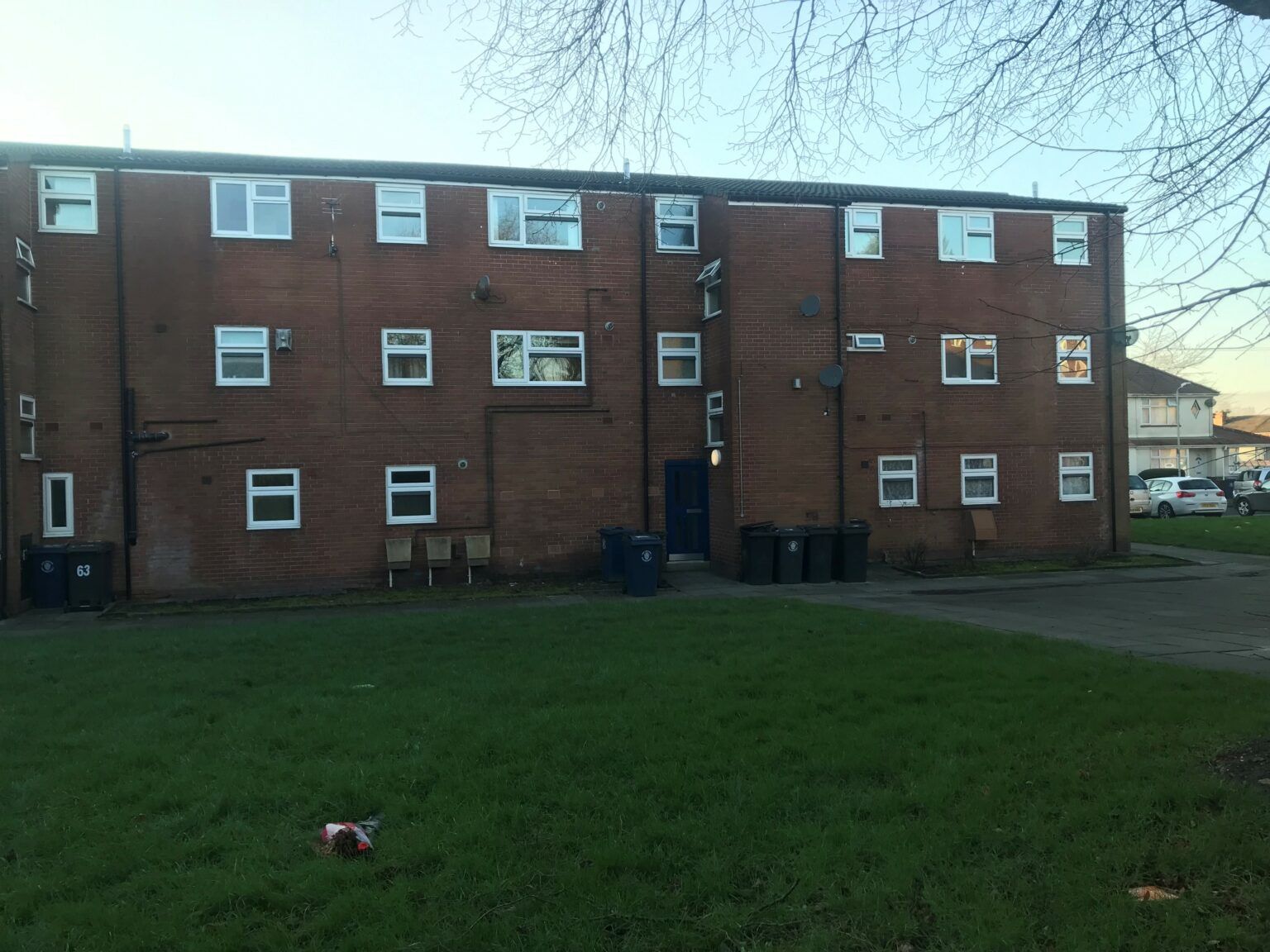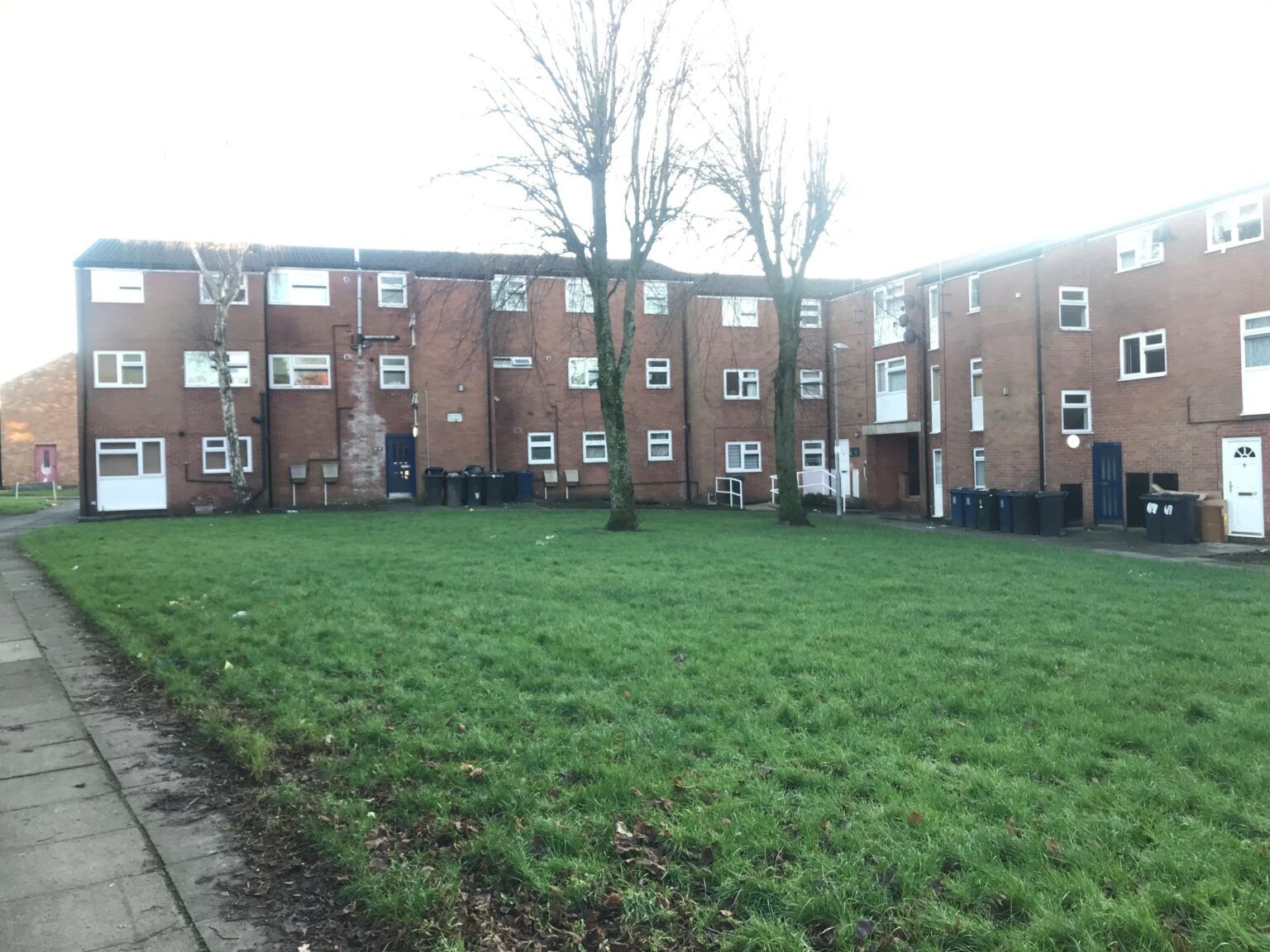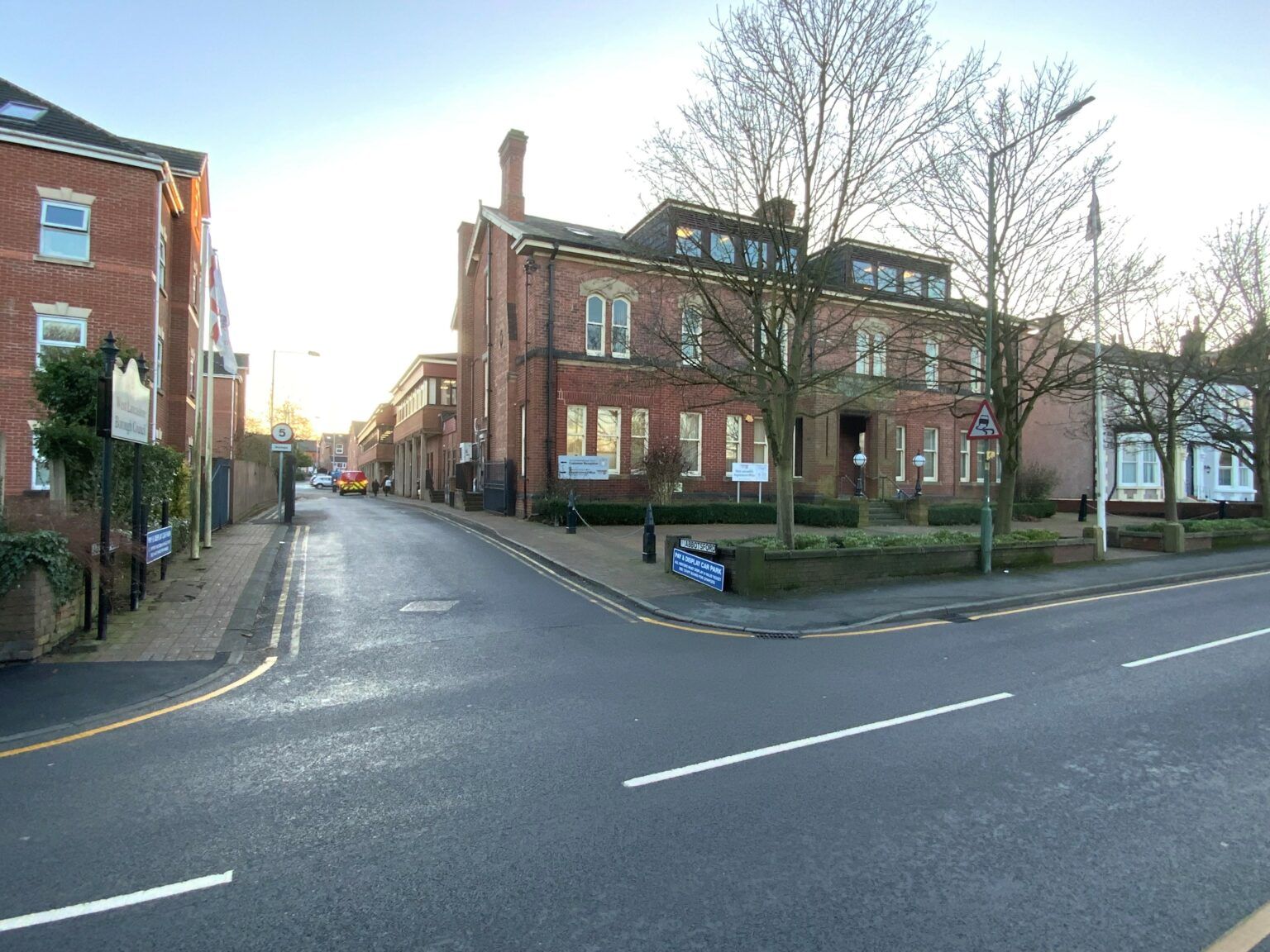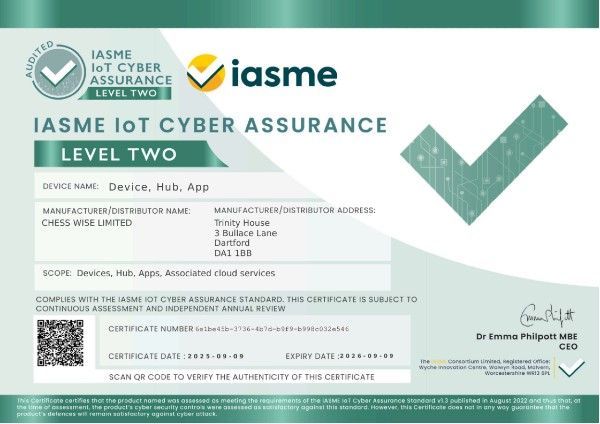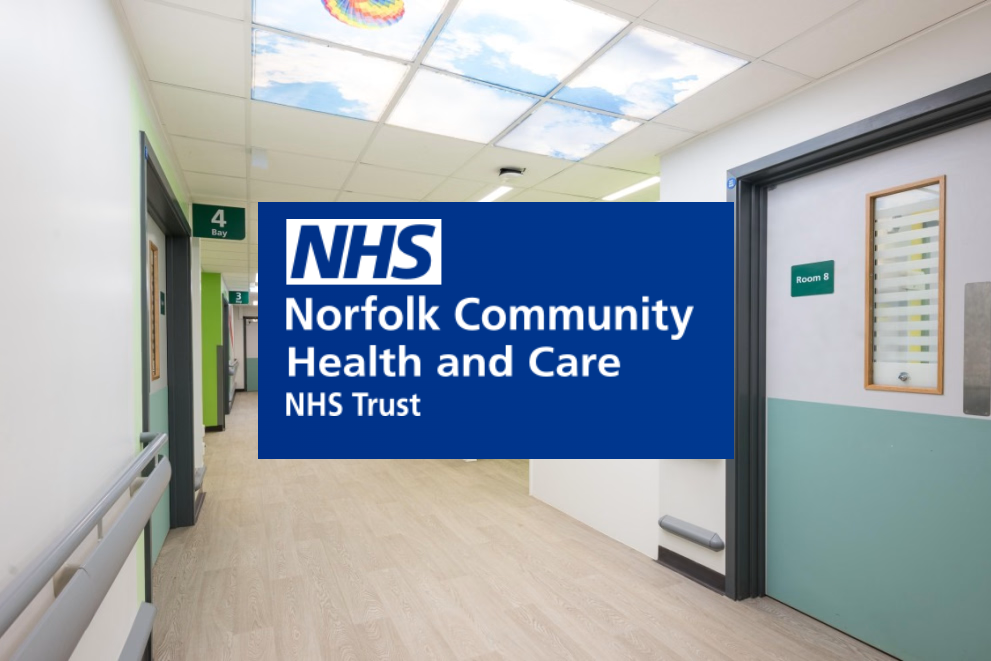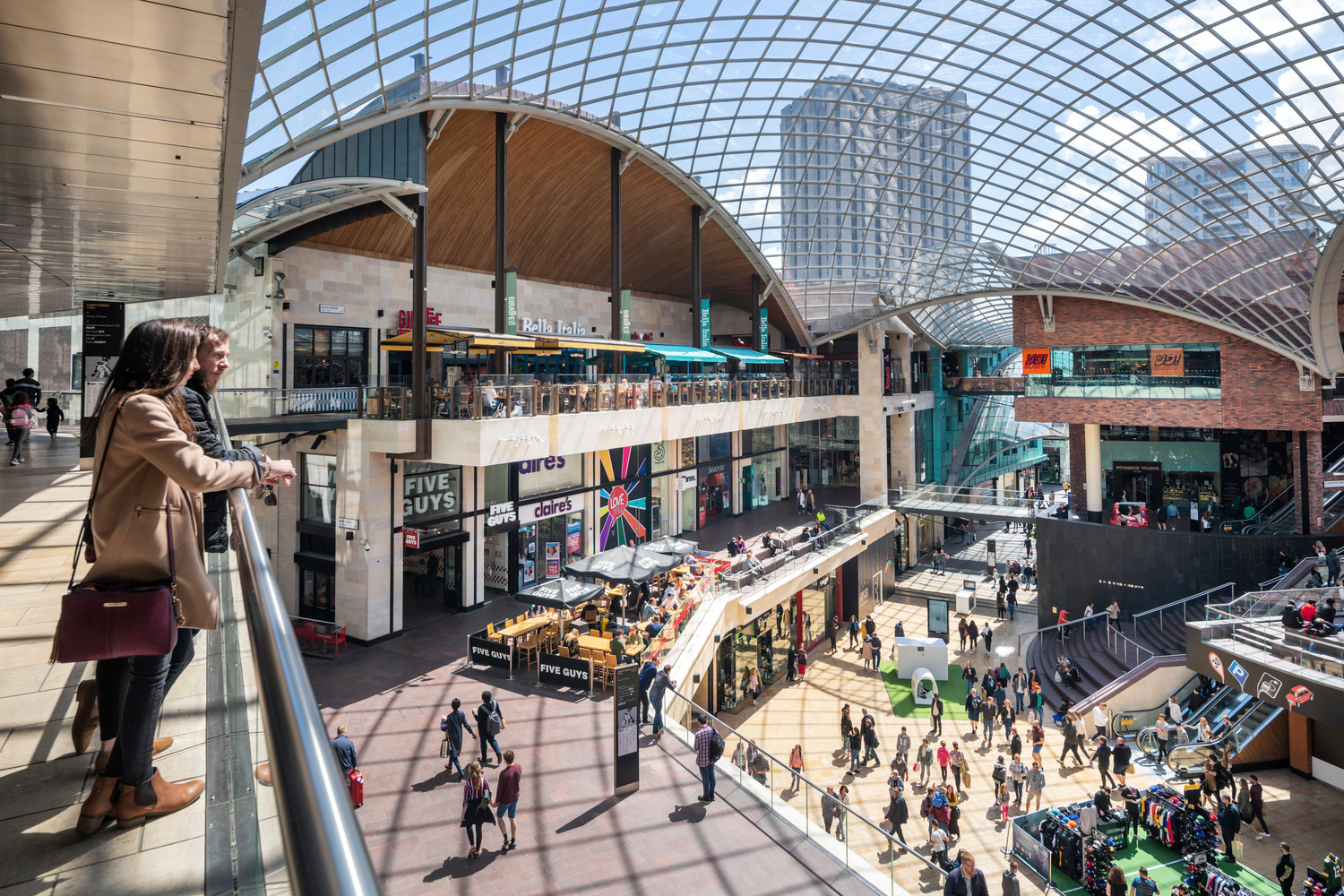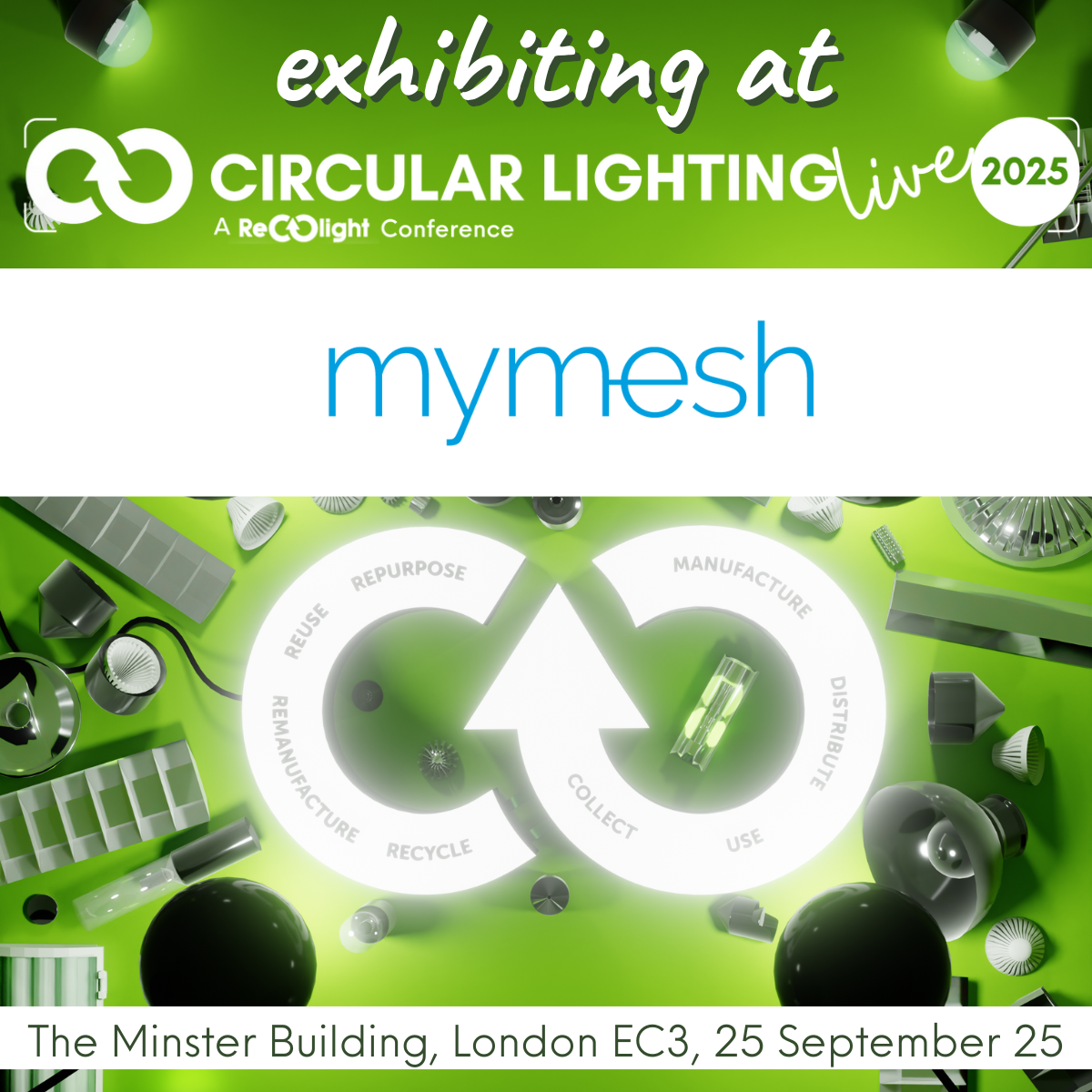West Lancashire Borough Council
West Lancashire Borough Council
and Solarcrown Commercial
Solarcrown Commercial and West Lancashire Borough Council (WLBC) have worked together on many environmental projects over the past decade. Together they continue to deliver imaginative and challenging solutions to reduce the cost and impact of energy use across the various buildings and infrastructures of the Council.
Every project has been delivered with the specific task of reducing the cost of heating, lighting, and the environmental impact of its commercial and residential property portfolio. This includes offices, service depots, sheltered accommodation, high rise and general residences.
Most recently, projects and technologies focusing on energy management have been adopted and delivered by the teams responsible for maintenance and statutory compliance. The changing technologies of wireless integration, remote interrogation and reporting have further enhanced the energy and cost saving nature of specific projects, whilst providing real time evidence of maintenance and testing regimes without the need for costly manual intervention.
Regular and standardized reporting of carbon savings, energy cost comparison, and statutory maintenance performance are shared with all stakeholders on a common platform.
The following examples offer an insight to the commitment and achievements of both Solarcrown Commercial and West Lancashire Borough Council in their partnership to improve the performance and sustainability of all their property stock making them “Greener and Safer” for all.
Pilot energy reduction strategy.
Solarcrown Commercial offered a desk top survey and solution for consideration as part of an energy reduction strategy for the legacy lighting schemes at selected CAT 2 sheltered housing properties. Solarcrown Commercial’s lighting upgrade solution projected carbon and energy savings to the energy and environmental team at WLBC. In addition to the energy considerations areas of noncompliance were also highlighted to the estates team after survey, with particular reference to the current Emergency Lighting regulation – BS5266.
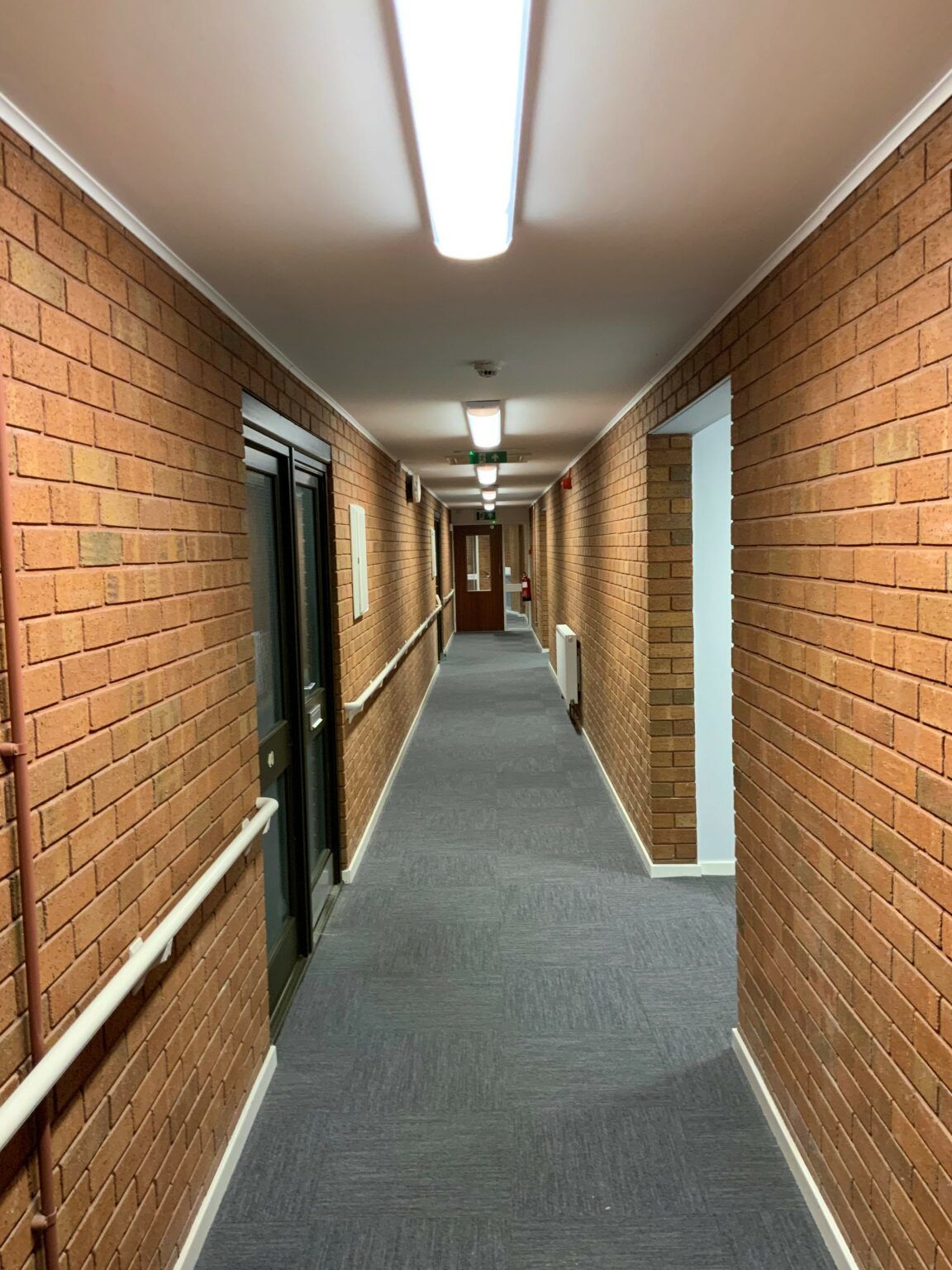
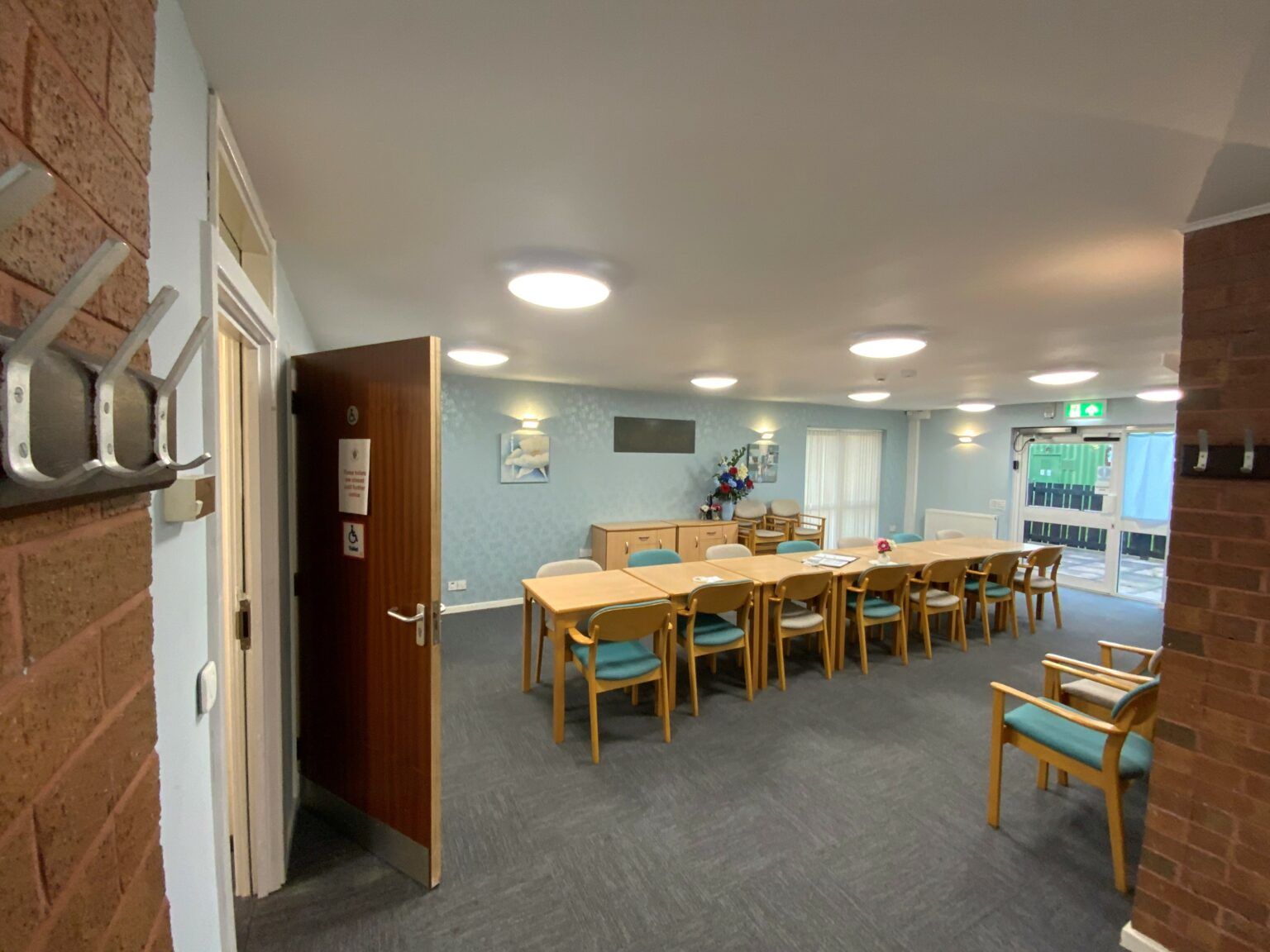
With the current focus on fire and evacuation strategy as a result of the numerous reports and recommendations from the Grenfell Tower tragedy, the subject of compliance was at the top of the agenda for WLBC’s estates team. It was considered that any investment in the general lighting scheme should also include a review of the emergency lighting system.
Solarcrown Commercial presented a fully addressable lighting and emergency lighting system as a solution to meet the challenges of both energy saving and statutory compliance. Working with a wireless mesh network system called Mymesh, Solarcrown Commercial were able to offer an installation of a wireless solution that took control of the lighting and emergency lighting with a facility for monitoring and reporting, accessed remotely from a cloud based dashboard.
The proposal for a trial project at a single CAT 2 Scheme was accepted and further to a successful 6 month statistical review was extended to a further, 3 x Cat 2 Sheltered Schemes, 64 x Communal Low Rise Blocks, WLBC Derby Street Head Office and Robert Hodge Waste Management Warehouse and offices.
Intelligent lighting Scheme for Category 2 – warden supported self-contained accommodation for the less active elderly, which includes the full range of communal facilities.
The initial requirements from WLBC was for the provision of a retrofit lighting scheme to provide quantifiable energy and carbon savings. The majority of the current lighting scheme was at the end of its useful life, difficult to maintain and of very poor environmental performance. The solution from Solarcrown Commercial included the provision of ultra-low energy LED lighting products, lighting controls for automation, and emergency lighting for statutory compliance. (Initial surveys revealed significant non-compliance issues in the emergency lighting provision, with potential risk to life and safety).

Initial survey and considerations for potential saving and improvements identified the following issues:
- Testing of all lighting products is a manual task performed by in-house maintenance teams or approved subcontractors at a significant cost to the council.
- Lighting in the communal areas was inefficient and at the end of useful life.
- Communal area lighting was on 24 hrs per day at 100% illumination.
- Lighting could not be managed without risk to the residents.
- Emergency lighting did not comply with current CIBSE and British Standards particularly BS5266.
The Solarcrown Commercial solution included replacement of all fittings on a point for point basis, and the provision of additional emergency lighting fittings for compliance. A control and monitoring system, Mymesh, was provided for management and reporting. Every luminaire, switch, and sensor was Mymesh enabled with each device making up a self-healing wireless mesh network across the building.
The Mymesh control system allows the grouping and control of areas such as corridors, toilets etc., and dimming and scene setting in areas such as lounges and reading rooms. Every area was provided with PIR sensors, and where required there were additional switches to allow manual control.
Corridor lighting has day and night settings. The control system includes an internal time clock and 4DI interface which enables the corridors to dim down to 20% when unoccupied. When presence is detected, they increase to 100% in day time. During the night, these levels change to 10% and 50% respectively to further increase energy savings during night time hours. Areas such as kitchens and lounges dim to 1% when unoccupied, and increase to 100% when presence is detected.
Residents are never faced with the risk of walking into a completely dark space.
The lighting controls were linked to the fire alarm system. In normal circumstances the emergency exit signs are switched off, unless the fire alarm is activated, or if there is a power cut. All general lighting is activated on receipt of a fire alarm to assist with evacuation plans.
Numerous other safety measures were also provided. These include overriding switches for the lighting controls in wardens offices, and for emergency use to turn all luminaires onto 100% regardless of whether PIRs or other settings are activated. Useful if there was an incident requiring attendance of the emergency services.
The Mymesh system performs monitoring and testing of the general lighting system with information provided on status and condition of luminaires, sensors and switches and allows the confirmation of practical use profiles and energy consumption statistics. The Mymesh system also performs all of the tests required by BS5266 on the emergency lighting system.
“This testing regime satisfies WLBC’s legal requirement to test all of their emergency lighting in accordance with BS5266, with results logged and kept readily available for the fire officer when required. This ensures the emergency lighting systems are compliant and operational for the intended 3 hour duration required in an emergency”.
The energy performance and condition reporting of all fittings is monitored, recorded and reported to all stakeholders on a monthly basis. This entire process is carried out without the need for costly manual intervention and the further carbon burden of vehicle attendance for simple condition reporting and testing functions, whilst necessary repairs can be planned and prepared for with fault diagnosis and correct component identification.
The initial design calculations and real time performance data on the 1st pilot location confirmed the following spectacular results
| Initial lighting energy load | 79,042 kWh |
| Projected lighting energy load | 14,830 kWh |
| Recorded lighting energy load 2021 | 11,577 kWh |
| Projected annual kWh energy saving | 81% |
| Recorded annual kWh energy saving | 85% |
| Annual Co2 reduction | 22.6 ton |
Intelligent lighting Scheme for Low Rise Residential Accommodation Blocks
In addition to the Cat 2 buildings WLBC also have over 400 low rise blocks. These generally consist of 6 or 8 flats off a communal stairwell. WLBC have identified as a result of preventative maintenance works a number of common services that require urgent attention including retrofit general lighting and the addition of emergency lighting. None of the blocks were provided with emergency lighting and were therefore deemed at risk further to a fire safety risk assessment.
Solarcrown Commercial surveyed and designed a solution that introduced ultra-low energy LED lighting to common areas and the addition of emergency lighting into each stairwell in accordance with CIBSE and British Standards particularly BS5266. Similarly to the Cat 2 properties, Solarcrown Commercial's lighting solution integrated the wireless Mymesh monitoring and control functions. However, on this occasion they restricted the Mymesh product to the emergency lighting fittings to reduce the capital cost of the project.
Mymesh lighting controls were included in each emergency luminaire to enable each device to form a self-healing wireless mesh network across each individual building and more significantly across the remaining 64 buildings included in the first phase of the refurbishment works. In addition to the standard controls each stairwell is dimmed down to 10% when the stairwell is unoccupied and increased to 100% when activated and a dawn/dusk setting prevents maximum output when there is sufficient daylight, therefore maximizing energy savings.

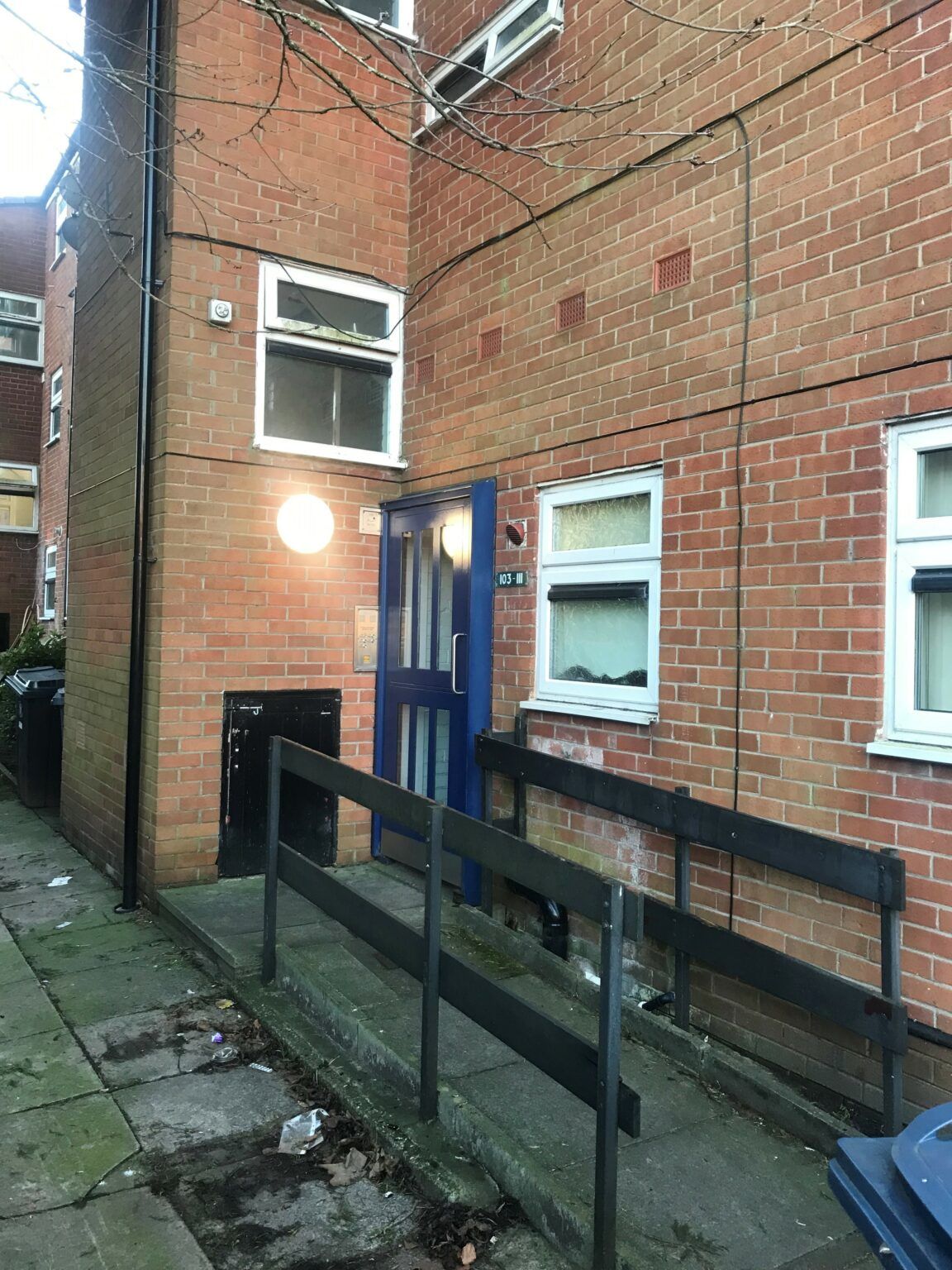
The initial design calculations and survey data predict the following savings as a result of the LED upgrade and controls across the 64 pilot locations.
| Initial lighting energy load | 127,773 kWh |
| Projected lighting energy load | 19,912 kWh |
| Projected annual kWh energy saving | 87% |
| Annual Co2 reduction | 39.0 ton |
Intelligent lighting Scheme for WLBC Derby Street Head Office
The initial requirements from WLBC was for the provision of a retrofit lighting scheme to their own headquarters. The aim was to provide quantifiable energy and carbon savings, and to improve the overall look, design and user experience of the offices. The existing lighting scheme was aging and of very poor environmental performance. Solarcrown Commercial's solution included:
- Provision of ultra-low energy LED lighting products
- Lighting controls for automation
- Emergency lighting for statutory compliance.
Initial surveys revealed significant non compliances in the emergency lighting provision, with potential risk to life and safety.
The Solarcrown Commercial solution also included linear decorative suspended lighting that is glare compliant for use in office environments, PIR sensors that switch on the lighting when offices are occupied, and also dim with daylight to maintain required lux levels when natural daylight is present.
In addition to sensors there are also switches in each office to offer manual override and dimming, as well as scene setting where presentation screens are present. General areas were fitted with UGR TPA rated LED 600 x 600 Panels, and several large open plan office areas were split into predetermined zones with PIR control and switches for manual over ride. Corridor lighting was provided with day and night settings to dim down to 20% when unoccupied, and increase to 100% when presence is detected. During night times, these levels change to 10% and then to 50% respectively to further increase energy savings. The control and monitoring system, Mymesh was also included for management and reporting. Every luminaire, switch and sensor was Mymesh enabled with each device making up a self-healing wireless mesh network across the building.
As with the Cat 2 buildings the Mymesh system enables the energy performance and condition reporting of all fittings with data monitored, recorded and reported to all stakeholders regularly. This process is carried out without the need for costly manual intervention and the further carbon burden of vehicle attendance for simple condition reporting and testing functions, whilst necessary repairs can be planned and prepared for.
The initial design calculations and real time performance data on the Derby Street HQ confirmed the following spectacular results
| Initial lighting energy load | 64,291 kWh |
| Projected lighting energy load | 12,266 kWh |
| Recorded lighting energy load 2021 | 11,400 kWh |
| Projected annual kWh energy saving | 81% |
| Recorded annual kWh energy saving | 82% |
| Annual Co2 reduction | 18.3 ton |
Intelligent lighting Scheme for Robert Hodge Waste Recycling Centre
The initial requirements from WLBC was for the provision of a retrofit lighting scheme to their waste recycling facility that would provide both, quantifiable energy and carbon savings and to significantly increased the work place lux levels. The existing lux levels were proving to be inadequate for the tasks being performed in critical areas and had the potential to impact on a safe and ambient working environment.
The solution from Solarcrown Commercial had to contend with the main waste management facility that was a particularly challenging environment and would require careful consideration when specifying the type of fittings and method of installation. Due to the height of the facility and the hazardous environment including heavy traffic and airborne contamination, the installation of IP66 LED High Bay lighting incorporating emergency back up would be required to meet the demands of BS5266. One of the goals was to reduce the potential for maintenance and re-lamping in areas that would require expensive access equipment and out of hours working.
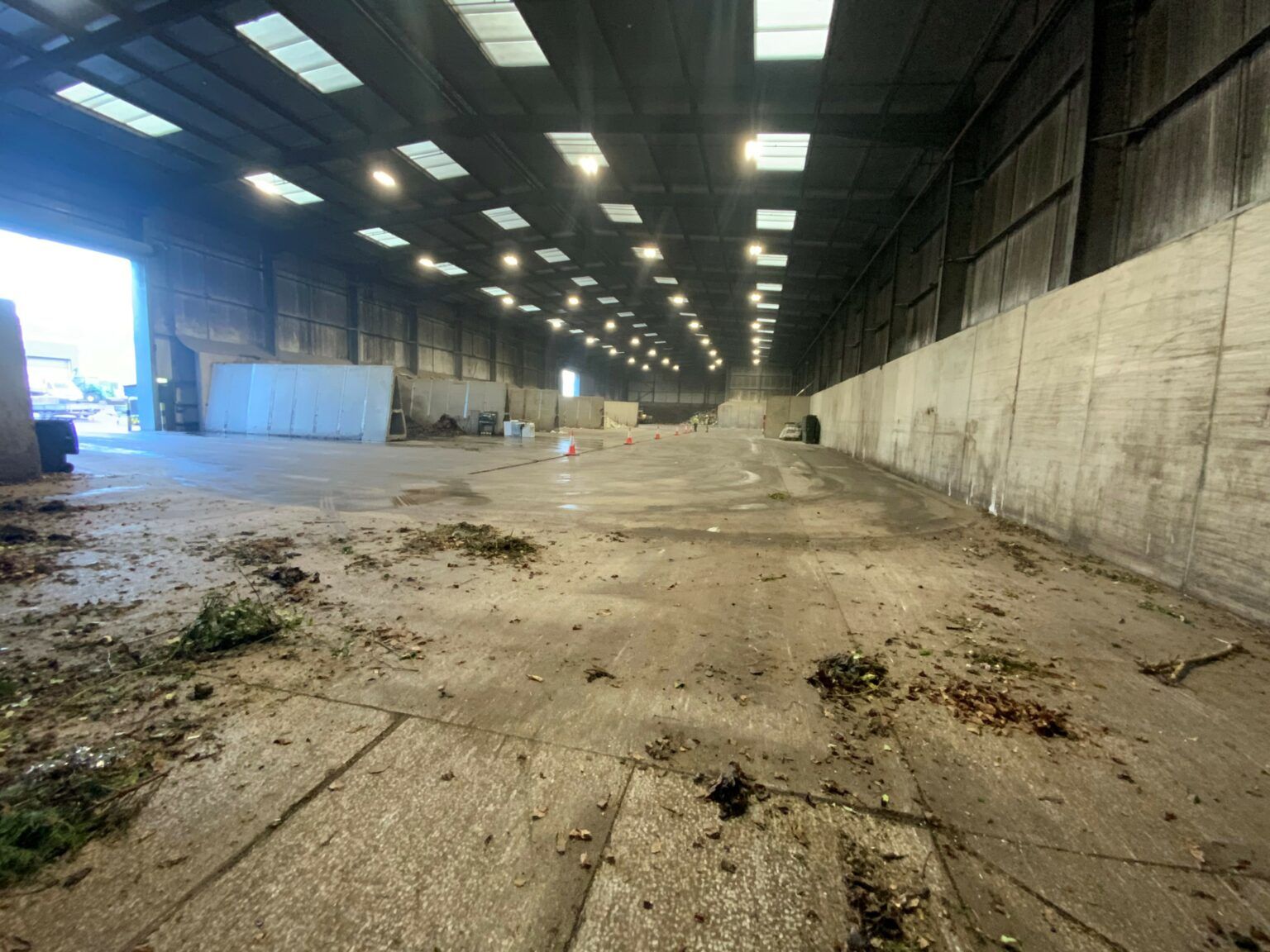

The Solarcrown Commercial solution included antistatic diffusers for the IP 66 LED lights for use in the main waste building with the largest areas split into zones with PIR control and settings including day time dimming down to 20% when unoccupied, and night time and weekend settings with all devices switched off during zero occupancy.
Mymesh was also included for management and reporting. Every luminaire, switch and sensor was Mymesh enabled with each device making up a self-healing wireless mesh network across the building.
As with the Cat 2 buildings the Mymesh system enables the energy performance and condition reporting of all fittings with data monitored, recorded and reported to all stakeholders regularly. This process is carried out without the need for costly manual intervention and the further carbon burden of vehicle attendance for simple condition reporting and testing functions, whilst necessary repairs can be planned and prepared for.
The initial design calculations and real time performance data on the Robert Hodge Waste Recycling Centre confirmed the following spectacular results
| Initial lighting energy load | 68,383 kWh |
| Projected lighting energy load | 18,004 kWh |
| Recorded lighting energy load 2021 | 15,345 kWh |
| Projected annual kWh energy saving | 74% |
| Recorded annual kWh energy saving | 78% |
| Annual Co2 reduction | 19.1 ton |
Conclusion
What began as a pilot energy and carbon reduction project has successfully developed into an integrated intelligent environmental and statutory compliance solution. Differing requirements from various stakeholders now have a common platform for interrogation and confirmation of objectives, ranging from carbon savings, financial benefits and health and safety compliance. Solarcrown and West Lancashire Borough Council have been able to collaborate, to bring innovative designs, technically and financially sound models and demonstrate a proof of return on investment.
When reviewed under the current demanding energy market the statistics will only improve year on year.
| Original energy loads of approximately | 475,000 kWh |
| Projected energy loads of approximately | 90,000 kWh |
| Achieved energy loads for 2021 of approximately | 68,000 kWh |
| Achieved energy savings in the region of | 80% |
| Annual Co2 reduction of approximately | 135 ton |
And even with a modest rate for each kWh saved the annual savings on energy would exceed £50,000 every year.


